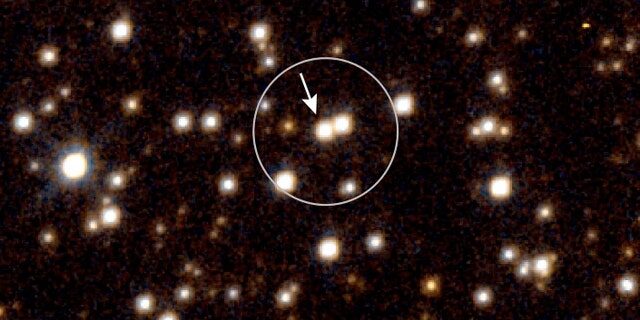
Astronomers have reportedly discovered the closest-known black hole to Earth.
BH1 was located about 1,600 light-years away in the constellation Ophiuchus, making it three times nearer to Earth than the previous record holder.
The dormant black hole is about 10 times more massive than the sun, according to astronomers using the International Gemini Observatory. The observatory is operated by the National Science Foundation's NOIRLab.
In a release, NOIRLab said this marked the first unambiguous detection of a dormant stellar-mass black hole in the Milky Way.
There are an estimated 100 million stellar-mass black holes in the Milky Way alone, with nearly all of them active.

The few stellar-mass black holes in the galaxy have been detected using their energetic interactions with a companion star.
While material from a star becomes superheated and generates X-rays and jets spiraling toward a black hole, if the black hole is dormant it blends in with its surroundings.
Two teams of astronomers using the Hubble Space Telescope and ground-based telescopes in Australia and Chile discovered the first examples of isolated stellar-mass black holes in Jan. 2000. (Photo by)
Astronomers are not clear on just how the star and black hole came to be in their current positions.

In addition, if both stars formed simultaneously, the massive star would have turned into a supergiant.
Modeling suggests such an event would have likely destroyed the companion or ended up on a much tighter orbit if it survived.
Julia Musto is a reporter for Fox News and Fox Business Digital.



il manque le "e" !
évidemment ce n'est pas le trou noire de Julia ? 🤦♂️
😁